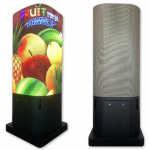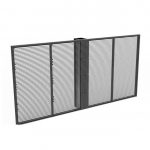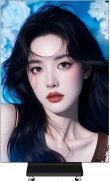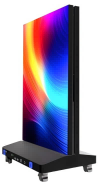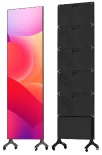LED Screen Buying Guide for Live Streaming Studios
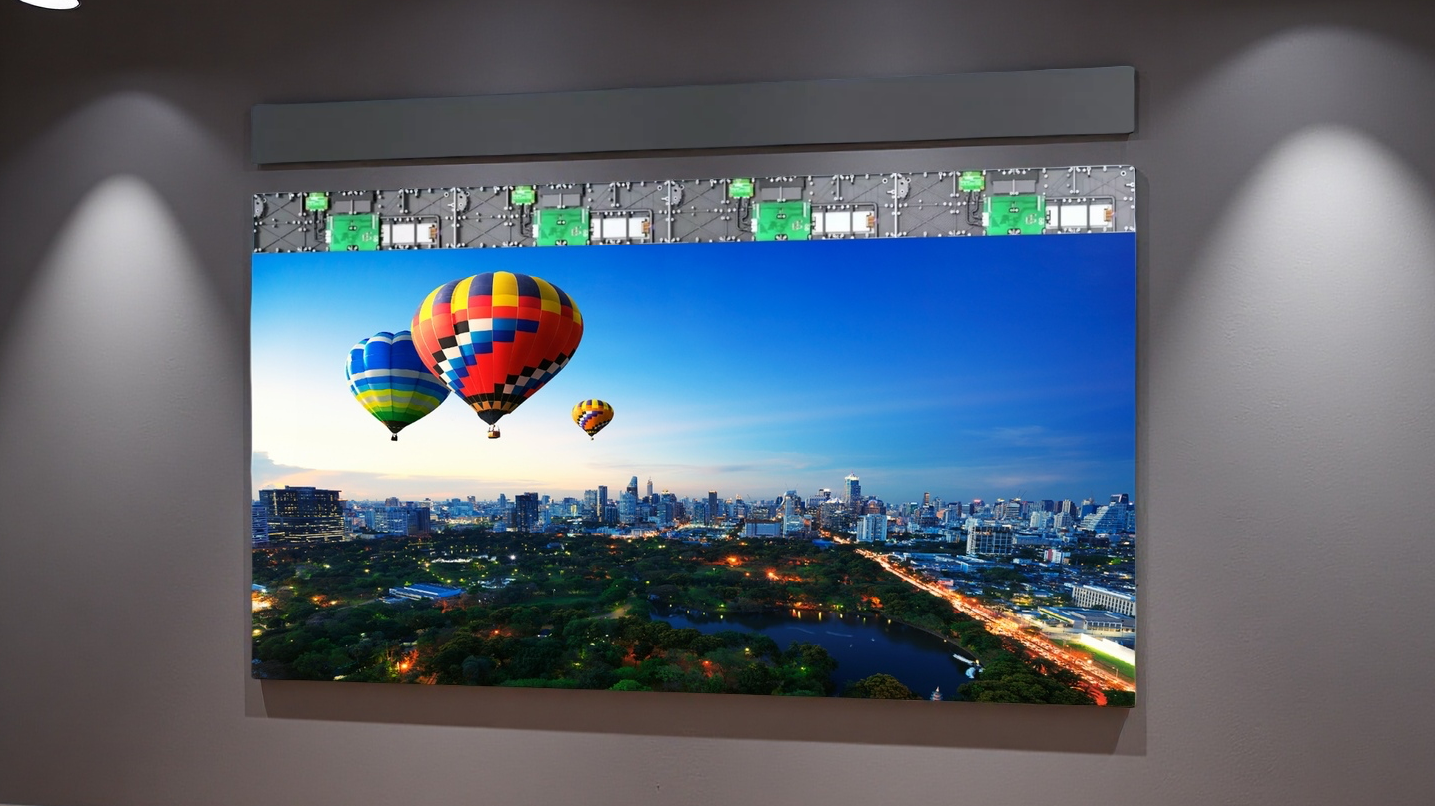
Running a live stream with over 100,000 viewers is exciting—but it also means zero room for error. Even a single second of delay or a visible dead pixel can trigger negative comments and cause thousands of viewers to leave within minutes. That’s why selecting the right LED display for live streaming is not only about picture quality but also about stability, compatibility, and audience engagement.
With years of international experience in the LED display industry, our team has supported countless brands, production companies, and livestreaming studios. In this guide, we share a step-by-step framework to help you choose the best LED screen for high-traffic livestreams.
Step 1: Define the Needs of Your Streaming Scenario
Not all livestreams are the same. The requirements for beauty and fashion livestreaming differ greatly from sports commentary, interviews, or shopping events.
-
Beauty & Fashion: Prioritize resolution and accurate color reproduction. Every detail—from lipstick shades to fabric textures—must be sharp and true-to-life.
-
Sports & Interactive Shows: Focus on real-time overlays like chat comments, likes, and scores. The LED screen must handle seamless source switching without blackouts.
-
Mixed Content: Multi-source input support is essential. For example, when switching between product slides and host interviews, transitions should be smooth and lag-free.
Consider the environment: studio size, installation width, natural light, and streaming duration. Longer events (6+ hours) require excellent heat management and consistent brightness to avoid dimming.
Remember: a large portion of audiences watch on bigger devices like laptops or tablets, where flaws are magnified. The baseline should always be no dead pixels, no motion blur, and natural colors.
Step 2: Choose the Right Technical Parameters
When it comes to LED video walls for live streaming, stability matters more than cost savings.
Key factors to check:
-
Resolution & Pixel Pitch: For the main background, go for 4K resolution (3840×2160). Indoor pixel pitch should be P2.5 or below. For close-up use, P1.8–P2.0 offers better clarity, while P2.5–P3.9 suits larger studios.
-
Brightness & Contrast: Standard studio use requires 200–500 cd/m². If natural light enters the studio, increase brightness to ≥600 cd/m². Aim for contrast ratios above 3000:1 for sharp, vivid visuals.
-
Refresh Rate & Response Time: To prevent trailing or desync issues, use a refresh rate ≥1920Hz and response time ≤1ms.
-
LED Technology: Select SMD LED displays with premium chips for consistent color and minimal brightness decay during long sessions.
-
Screen Size & Layout: A main LED wall should be at least 4m wide and 2.5m tall to fully cover the host on camera. Adding side screens for real-time comments or product details increases viewer interaction and retention.
Step 3: Ensure Seamless System Integration
An LED wall is only as strong as its system setup. For livestreaming, signal interruptions are unacceptable.
-
Use controllers with multiple inputs (HDMI/SDI) to support cameras, computers, and switchers simultaneously.
-
Set up signal redundancy with fiber + Ethernet backup lines.
-
For multi-panel screens, use master-slave receiving cards to keep synchronization error under 10ms.
-
Pre-load an emergency screen (logo or standby message) to avoid sudden blackouts.
-
Protect the system with a dedicated power supply, UPS backup, and intelligent cooling fans to maintain stable operation under 45°C.
Step 4: Optimize the Screen for Content and Engagement
Beyond installation, fine-tuning ensures the screen actively supports the stream.
-
Calibration: Adjust color temperature and gamma according to content (e.g., 5500K for beauty, gamma 2.2 for food).
-
Pixel Testing: Check for dead pixels before every event to avoid negative audience feedback.
-
Interactive Features: Display live chat, likes, and purchase counts on the screen edges to improve audience engagement.
-
Maintenance: Monitor brightness (adjust if it drops 10% from the baseline), secure connections, and keep spare parts ready for fast replacements.
Our Recommendation: OCT3-PRO Series
For studios that demand reliability and visual excellence, we recommend our OCT3-PRO Series LED screen.
-
Cabinet Size: 600×337.5 mm, covering P0.9–P2.5 pixel pitch range—ideal for livestreaming studios.
-
Slim Design: Only 27.5 mm thick for a sleek, space-saving setup.
-
Hard Connection: Enhances stability during continuous use.
-
Front-Service Access: Modules can be removed with a suction tool; magnetic holders allow fast reattachment with minimal downtime.
-
Quick-Lock System: Simplifies installation and ensures secure connections.
-
Flexible Installation: Suitable for both wall-mounted and hanging setups.
The OCT3-PRO Series combines stability, serviceability, and flexibility, making it a perfect choice for high-traffic livestreaming studios.
Final Thoughts
A successful livestream with 100,000+ viewers requires more than great hosts and content—it requires an LED screen designed for stability and engagement. By focusing on scenario needs, choosing the right parameters, ensuring seamless integration, and optimizing for content, you can deliver a flawless viewing experience.
With solutions like the OCT3-PRO Series, your studio can achieve not only visual excellence but also the confidence that your screen will never be the weak link in your production.
